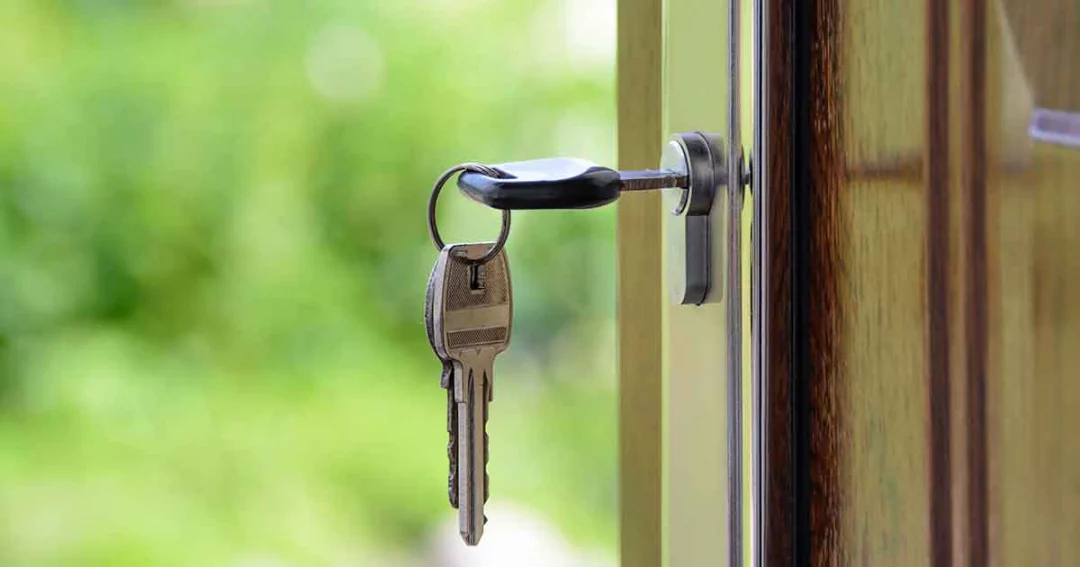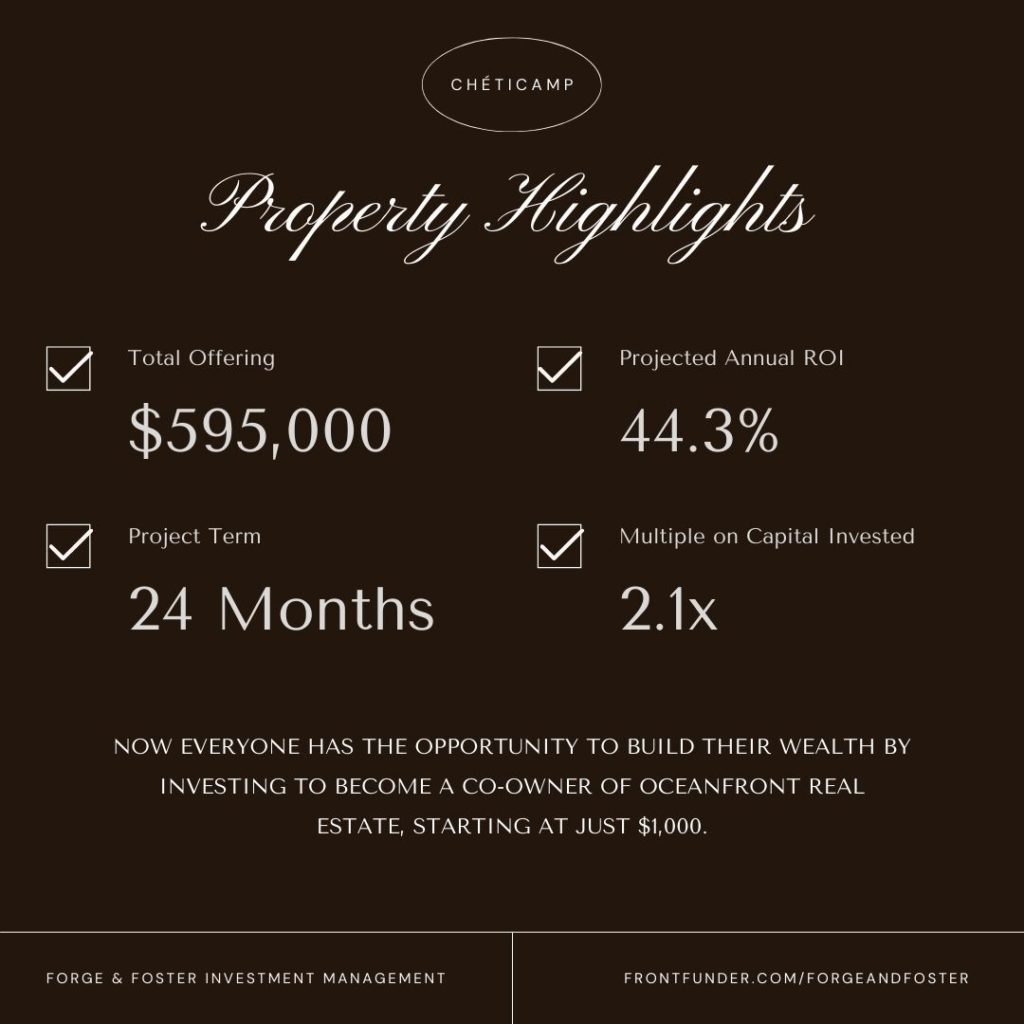What Is Collateral?
what is collateral?
Collateral is a term used to describe an asset that a lender accepts as security for a loan. Depending on the purpose of the loan, collateral can be real estate or other types of assets. For the lender, the collateral serves as a type of insurance. If the borrower defaults on their loan payments, the lender can seize and sell the collateral to recoup some or all of their losses.
how collateral works
A lender wants to ensure that you’ll be able to repay the loan before giving it to you. As a result, many of them require some level of protection. Collateral is a type of security that reduces the risk for lenders and ensures that the borrower fulfills their financial obligations. If the borrower defaults, then the lender has the option to seize the collateral and sell it, with the proceeds going toward the unpaid amount of the loan. To reclaim any leftover balance, the lender can take legal action against the borrower.
As previously stated, collateral can take many forms. It usually refers to the type of loan; for example, a mortgage is secured by the residence, but a car loan is secured by the vehicle in issue. Other assets can be used to secure non-specific personal loans. For example, a secured credit card can require a cash deposit equal to the credit limit, such as $500 for a $500 credit limit.
Collateral-backed loans often have lower interest rates than unsecured loans. A lien is a legal right or claim on an asset to satisfy a debt that a lender has on the collateral of a borrower. The borrower has a powerful incentive to repay the loan on time because, if they don’t, they risk losing their home or other collateralized assets.
types of collateral
COLLATERALIZED PERSONAL LOANS
Examples of collateral loans
RESIDENTIAL MORTGAGES
A mortgage is a loan that uses your home as collateral. If a homeowner fails to pay their mortgage for more than 120 days, the loan company can initiate legal action, which could result in the lender taking possession of the home through foreclosure. The property might be sold to satisfy the remaining principal on the loan once it has been transferred to the lender.HOME EQUITY LOANS
A home can also be used to secure a second mortgage or a home equity line of credit (HELOC). The loan amount will not exceed the available equity in this scenario. For example, if a home is worth $200,000 and the primary mortgage balance is $125,000, a second mortgage or HELOC will only be available for up to $75,000.MARGIN TRADING
Margin trading also considers securitized loans. An investor uses the balance in his or her brokerage account as collateral to borrow money from a broker to gain shares. The loan increases the number of shares an investor can purchase, hence boosting the potential gains if the value of the shares rises. However, the risks are amplified as well. If the value of the shares drops, the broker will demand payment of the difference. If the borrower fails to cover the loss, the account acts as collateral.While stock market trading may be dangerous, and real estate investing can be time-consuming, Buy Properly combines the best of both worlds. Buy Properly, a fractional real estate company, lets anyone with just $2,500 participate in real estate. This novel idea is similar to stock investment but without the hassles of real estate ownership. Interested? We knew you would be. Check out our latest opportunity – the Karma Candy Building – on Buy Properly (limited availability, don’t wait to invest!).











